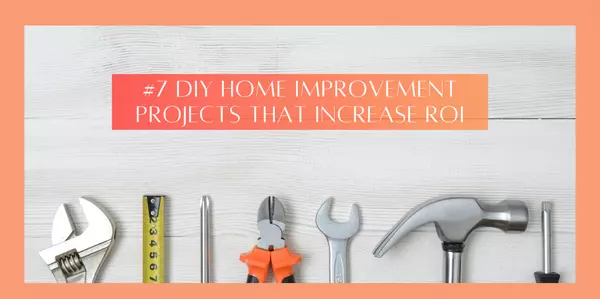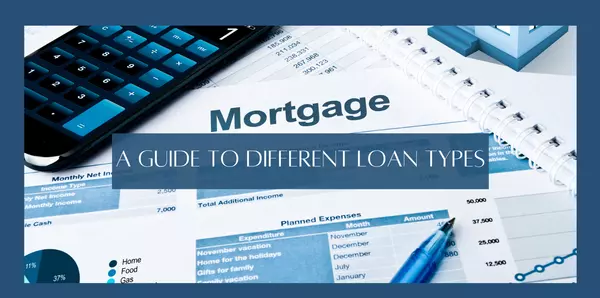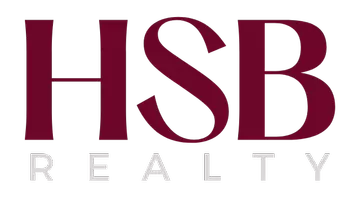Understanding Real Estate Financing: A Guide to Different Types of Loans

Real estate, whether residential or commercial, is a significant investment for most individuals. To make these purchases feasible, many rely on loans to cover a substantial portion of the cost. This article will guide you through the various types of real estate loans available to both individuals and businesses.*
1. Conventional Loans These are mortgage loans that are not insured by the federal government. They are offered by banks, credit unions, and other financial institutions. Conventional loans typically require a down payment, which is usually about 20% of the property’s value.
2. Federal Housing Administration (FHA) Loans FHA loans are insured by the federal government. They are designed for low-to-moderate-income borrowers who might have lower credit scores. The down payment can be as low as 3.5%, making it easier for first-time homebuyers to enter the market.
3. Veteran Affairs (VA) Loans These loans are available for veterans, active-duty service members, and some members of the National Guard and Reserve. VA loans offer numerous benefits, like no down payment and competitive interest rates.
4. USDA Rural Development Loans The U.S. Department of Agriculture offers these loans to residents in rural areas. They're designed to help boost the rural economy. They often come with zero down payment and lower mortgage insurance costs.
5. Jumbo Loans When a loan amount surpasses the conforming loan limits set by the Federal Housing Finance Agency, it becomes a jumbo loan. These loans aren't backed by Fannie Mae or Freddie Mac and often have stricter credit requirements.
6. Adjustable Rate Mortgage (ARM) An ARM has an interest rate that can change periodically. This could be beneficial if you're planning on selling or refinancing in a few years. The initial interest rate is often lower than a fixed-rate mortgage, but keep in mind that it can go up (or down) in the future.
7. Interest-Only Mortgage With this loan, you're only required to pay the interest for a certain period. This results in smaller initial payments, but you're not building equity during the interest-only period.
8. Bridge Loans These are short-term loans to help bridge the gap between the sale of a current property and the purchase of a new one. It's especially helpful when you need to buy a new home before selling the old one.
9. Hard Money Loans For property flippers or developers, hard money loans can be an option. These are short-term, higher-interest loans provided by private investors.
10. Home Equity Lines of Credit (HELOC) This is a revolving line of credit that uses your home's equity as collateral. You can borrow as needed, similar to a credit card, up to a certain limit.
11. Balloon Mortgage Instead of amortizing the loan over a fixed period, balloon mortgages have larger payments at the end of the loan term. They might start with lower monthly payments, but the borrower will have to pay off the rest of the loan in a lump sum after a specified period.
Conclusion: Choosing the right financing option can be daunting, but by understanding the basics of each loan type, you can make an informed decision. It's crucial to consider your financial situation, long-term goals, and current market conditions.
Happy house hunting!
*Consultation with a financial advisor or mortgage specialist is always recommended to ensure that you select the best loan for your needs.
Categories
Recent Posts











